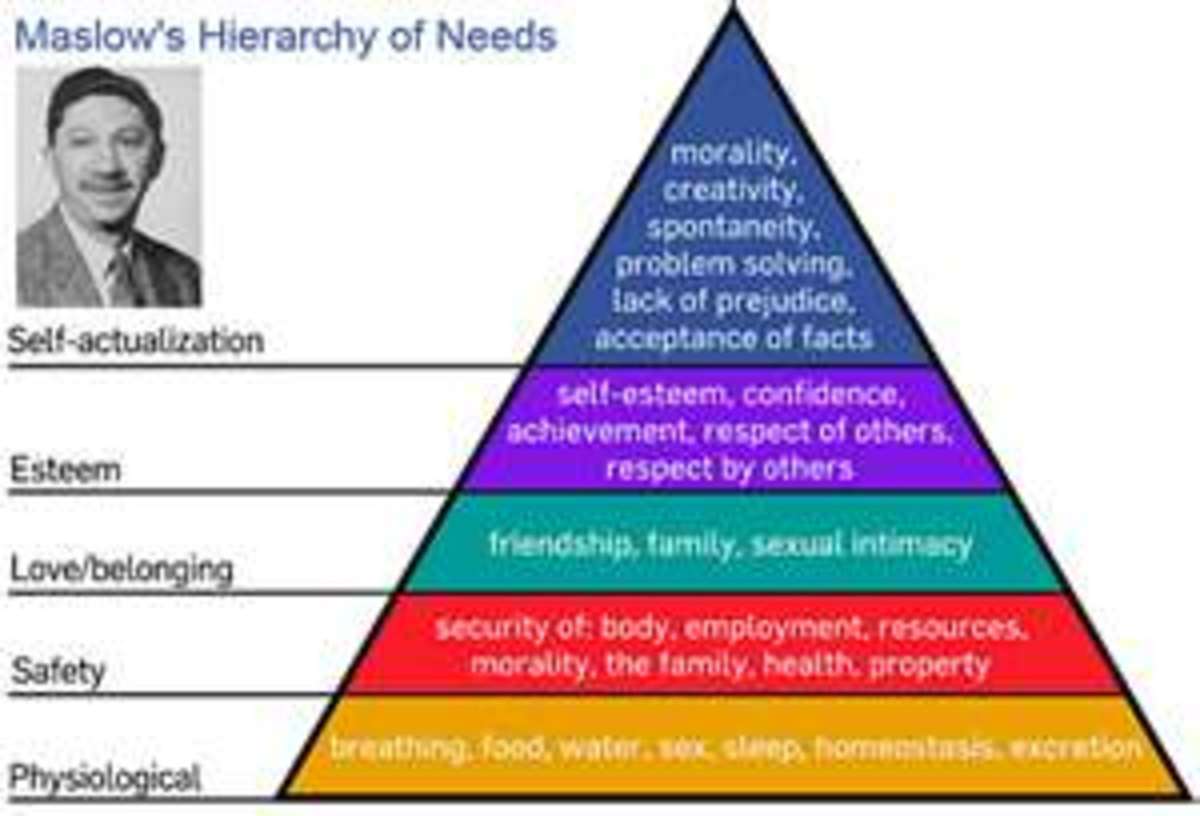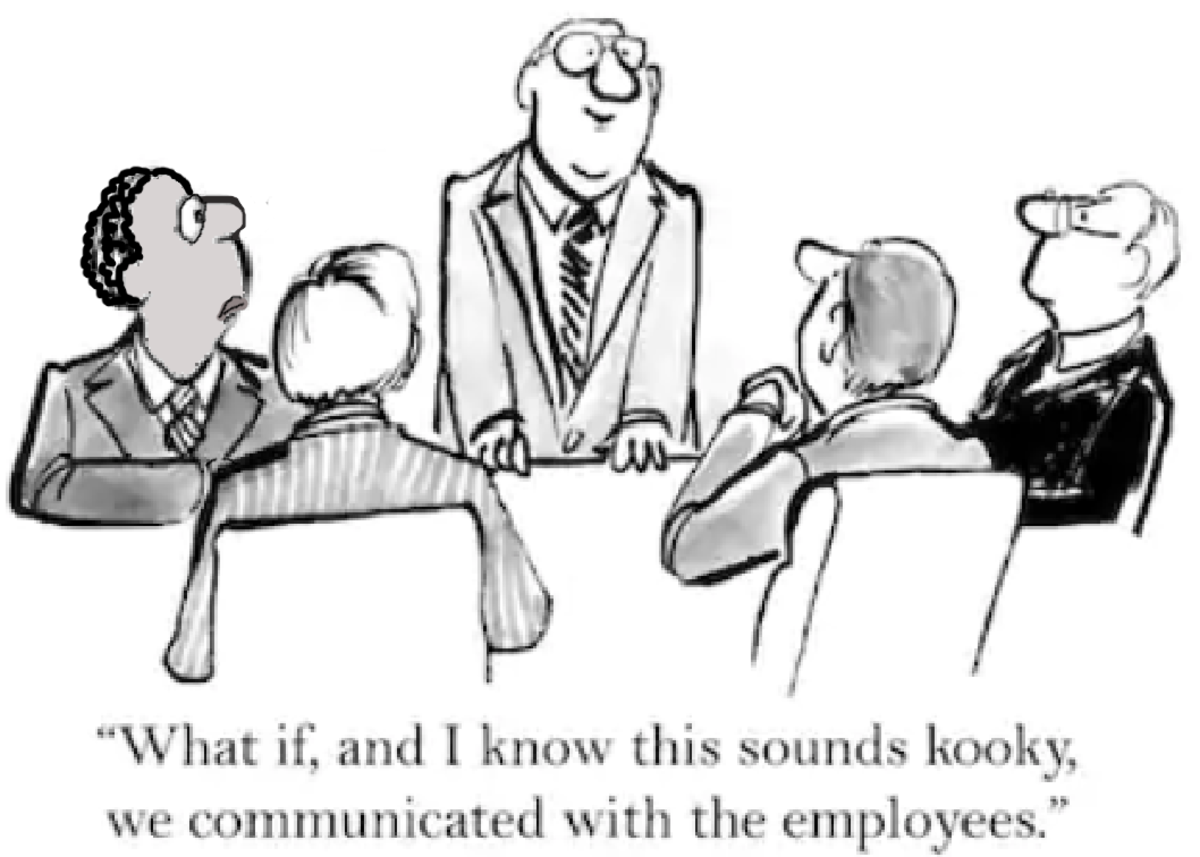The Effects of Technology on Socialization: A Proposal Part I

Part I
The Effects of Technology on Socialization: A Proposal
Ideas are generally born from the intersection of our inner personal perspectives with observations of the world around us. This can, and often does, include an objective, external, view of our own inner world. As such, these ideas lead to theories. Theories are generally understood to be observational, structured concepts not yet proven to be laws or truth, yet which are established enough to be considered a launching point for specific research. If the theory being explored is validated in a manner which can be replicated by others, it may result in the theory’s acceptance as a hypothesis. This outcome only occurs through the adequate predictability of the theory in regards to the observed phenomenon with the logic established by the theory provable as its basis. Thus the body of human knowledge grows even further upon what is observed and subsequently learned from these observations. It all begins with the way in which we perceive the world around us; developing from observation, to theory, to hypothesis.
If given the opportunity, and the resources necessary for such, I would conduct a long term study on the effects of technology on socialization, with the emphasis placed in particular on the ever evolving role of communications as a means of sharing emotions. I would desire to conduct such a study because of the manner in which socialization has changed so drastically in the past decades with the escalating effects of constantly burgeoning technology. The modern day communications networks allow for a tightening of the global community, as opposed to the constraints of the local level, both in degrees of opportunities made available and in the general acceptance of the individual. These networks, and the manner in which individuals utilize them, are eloquently expressive of our species and its development as a whole. The reason I would wish to focus on the emotional aspect of communications in this study is that emotions tend to resonate more honesty within our species, stemming from our inner, concealed selves more than the expressions of our public personas. Through speech and body language we communicate with each other on many levels, however this changes when we utilize electronic media to express ourselves. The honesty of emotional communication is still there within the media of electronic transport; however it is transformed, almost distilled in its essence. Because of this emotional communication, when individuals attempt to clothe a message with rationality and logic, the emotional significance is still apparent, teeming beneath the surface of the message.
This study would assist me greatly as a computer forensics specialist. The results would enable me to communicate more effectively within the context of the respective communications with the rest of my team. The knowledge gained from such a study would also allow me to better understand the state of mind of the perpetrator(s) through the course of my investigations (Brannigan, 1997). Such developments would increase my personal value to the team in that I would be able to provide further insight into the perpetrator’s logic and potentially be able to more accurately predict current, and possibly future, criminal acts and trends conducted by the same individual(s).
On a more personal level, I would like to further explore this subject because of observations I have made in regards to a phenomenon in which users tend to emotionally interpret communications from others in such a way as to completely eradicate the initial message’s actual meaning. I believe this takes place because we are contemporarily in the midst of a constantly changing medium of communications, and many have caught on to this steep learning curve, with all of the minutiae manners in which ideas can now be communicated, whereas others tend to view these new, growing mediums only by the light of the methods of communication of the past. Although it is truly only related in a temporal fashion, as in that of causation, the methods of communication of the past cannot properly be integrated with those of the present, at least not in a manner which would allow for the proper advancing of communications in any meaningful way. Because of this, those who seek to communicate in the manners of the past, while utilizing the far more encompassing mediums of the present tense end up sorely lacking and more liable to misrepresent themselves and misinterpret the intentions of others.
© 2019 D A Moore








